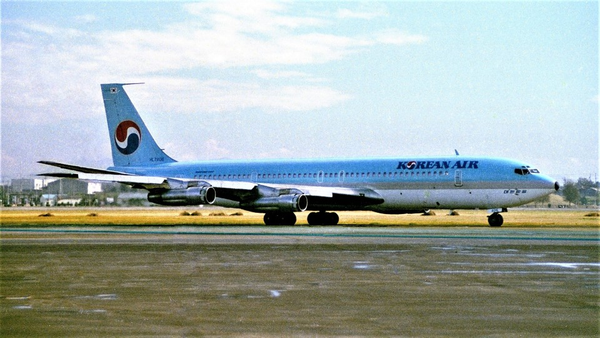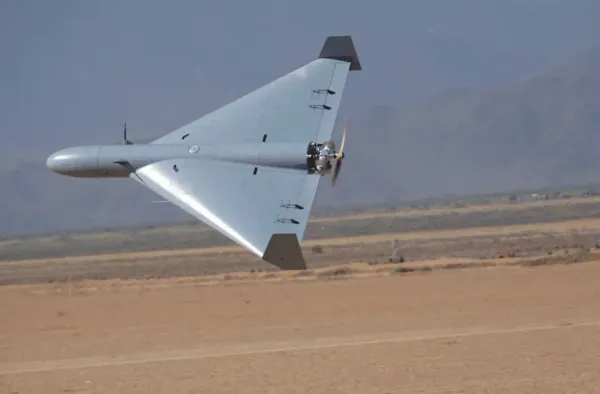Major aviation hubs in the United Arab Emirates (UAE) and Saudi Arabia are expected to fuel the recovery of the Middle East's aviation market in 2024.

This forecast was announced at the Global Airport Leaders Forum that took place in Dubai from May 9 to 11. Both countries are predicted to play a major role in passenger traffic recovery due to having airports that serve as hubs for major airlines.
These airports are located in Dubai and Abu Dhabi in the UAE and in Riyadh, Jeddah, and Dammam in Saudi Arabia. Kashif Khalid, the Regional Director of the Middle East and Africa at the International Air Transport Association (IATA) shared updates on the region's aviation market at the forum.
Khalid stated that the Middle East is currently the global leader in terms of the recovery in passenger traffic, with traffic reaching 93% of pre-pandemic levels.

In the UAE, Dubai Airports raised its forecast for passenger traffic in 2023 to 83.6 million passengers after seeing strong results in recent months. Dubai Airports is the owner of Dubai International Airport (DXB) and Al Maktoum International Airport (DWC) in Dubai.
Dubai Airports saw 21.3 million passengers pass through DXB in the first quarter of 2023, which represents a 55.8% increase from the same time last year. Passenger traffic at DXB has now reached 95.6% of pre-pandemic levels.
The UAE as a whole saw 31.8 million passengers transit through its airports in the first quarter of this year, which is a sharp increase from 11.48 million passengers in the same time period last year. This figure includes traffic at Abu Dhabi International Airport (AUH), which is the country's other major aviation hub.

In Saudi Arabia, King Abdulaziz International Airport (JED) in Jeddah received more than two million passengers since the start of Ramadan on March 23. JED became the country's busiest airport in 2022 after handling 32 million passengers during the year.
King Khalid International Airport (RUH) in Riyadh received 27 million passengers while King Fahd International Airport (DMM) in Dammam saw 10 million passengers in the same time period.
Saudi Arabia as a whole saw 88 million passengers travel through its airports in 2022, which represents an 82% increase in passenger traffic from the previous year.

The aviation industry is increasingly becoming a priority for countries in the region as passenger traffic returns to pre-pandemic levels.
The Middle East has become a major player in the global aviation market due to its strategic location and world-class airlines. Many passengers use the region's airports to travel between continents on connecting flights. Carriers such as Emirates and Turkish Airlines are popular since they offer routes to hundreds of destinations worldwide.
Other aviation hubs in the Middle East include Hamad International Airport (DOH) in Qatar and Istanbul Airport (IST) in Turkey.
KAL858: The North Korean Bombing that Shocked the World » Air France Flight Drops Nearly 4,000 Feet Per Minute, Diverts to Lyon » Should Students Have Homework? Better After-School Balance »
Comments (0)
Add Your Comment
SHARE
TAGS
NEWS UAE Middle East Saudia Arabia Middle East Aviation Emirates Saudia EtihadRECENTLY PUBLISHED
 KAL858: The North Korean Bombing that Shocked the World
Among the 99 passengers boarding Korean Air Flight 858 on November 29, 1987, few could imagine their journey would end as one of aviation's darkest mysteries.
STORIES
READ MORE »
KAL858: The North Korean Bombing that Shocked the World
Among the 99 passengers boarding Korean Air Flight 858 on November 29, 1987, few could imagine their journey would end as one of aviation's darkest mysteries.
STORIES
READ MORE »
 Ghost Networks: The Rise, Fall, and Revival of Fifth-Freedom Flights
Fifth-freedom flights — routes where an airline flies between two countries outside its home base — have always lived in aviation's twilight zone. We chart their rise, their near-disappearance, and the surprising markets where they still thrive today. Then we take you on board a special Seoul-Tokyo fifth-freedom flight to show how the experience stacks up against a typical regional carrier.
TRIP REPORTS
READ MORE »
Ghost Networks: The Rise, Fall, and Revival of Fifth-Freedom Flights
Fifth-freedom flights — routes where an airline flies between two countries outside its home base — have always lived in aviation's twilight zone. We chart their rise, their near-disappearance, and the surprising markets where they still thrive today. Then we take you on board a special Seoul-Tokyo fifth-freedom flight to show how the experience stacks up against a typical regional carrier.
TRIP REPORTS
READ MORE »
 US Air Force to Launch New Experimental One-Way Attack Drone Unit
In a move that signals a tectonic shift in American airpower, the U.S. Air Force is preparing to stand up its first-ever experimental unit dedicated solely to "One-Way Attack" (OWA) drones.
NEWS
READ MORE »
US Air Force to Launch New Experimental One-Way Attack Drone Unit
In a move that signals a tectonic shift in American airpower, the U.S. Air Force is preparing to stand up its first-ever experimental unit dedicated solely to "One-Way Attack" (OWA) drones.
NEWS
READ MORE »



